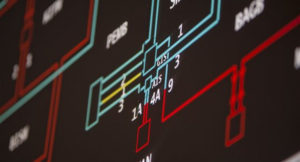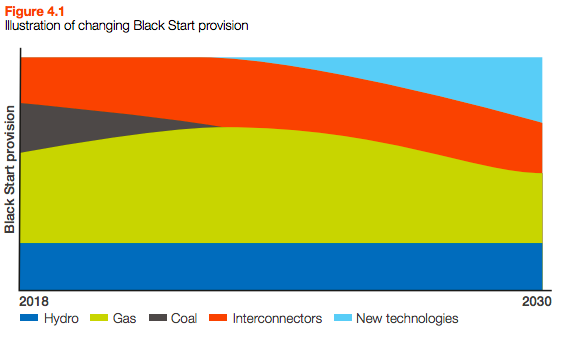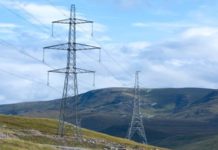 National Grid has published further detail on new ways of balancing and managing the power system via services worth hundreds of millions of pounds a year.
National Grid has published further detail on new ways of balancing and managing the power system via services worth hundreds of millions of pounds a year.
Its first system operability report explains the challenges posed by declining inertia as large thermal plant closes or runs less frequently while renewable and distributed generation increases. It also provides an update on potential solutions.
Reactive power
National Grid uses reactive power services to manage voltage stability on the network. As this is variable by location, it requires providers in specific areas to either absorb reactive power, which decreases voltage, or generate reactive power, which increases voltage.
The electricity system operator (ESO) called for providers of reactive power earlier this year for two zonal services in South Wales and Mersey. The report states it will publish a decision on whether to run tenders for services in those zones from 2019-21 later this month.
It is also looking at how networks could provide solutions in conjunction with commercial service providers and plans to roll out new reactive services procurement more broadly by 2021.
Black start
National Grid ESO outlined plans to open up black start beyond large power stations. Ofgem last week confirmed its black start innovation trial has been approved and the ESO will use the project to inform its strategy on how to reboot the grid in the event of failure. Securing those services cost around £58m in 2017/18.
Even when coal closes in the early to mid 2020s, black start will largely remain the preserve of gas, hydro and interconnectors, said the ESO, but it showed how new technologies could start to play a role at that point.

It said black start services could be split between two providers. One would need to be able to self-start and energise their partner, the second could provide the other black start grid requirements but would not need the ability to self-start. National Grid said it has one such arrangement now in place.
The ESO will issue an expression of interest (EoI) around black start in early 2019 and use the feedback to inform a competitive tender trial in the South West and Midlands for a service delivering in 2022.
Thermal constraints
Fewer big power stations and more distributed generation also affects ability to manage thermal constraints – i.e. limits to stop pieces of network kit being overloaded. National Grid spent between £200-£350m annually over the last five years on thermal constraint management services.
As well as opening up the Balancing Mechanism to more providers that could help with constraints, and working with DNOs on new types of connections agreements, the ESO is working with distribution network operators more broadly on a whole system approach. It thinks network operators may be able to provide new solutions alongside the commercial market.
The operability report states National Grid ESO will issue an RFI for commercial solutions to specified constraints by early 2019. It hopes to incorporate network and non-network solutions across transmission and distribution by 2020.
See the report here.
Related stories:
National Grid calls for new reactive power providers in Mersey and South Wales
Ofgem awards £47m for EV, hydrogen and black start trials
National Grid to bring distributed energy, storage and wind into black start
National Grid and Epex Spot to collaborate on weekly FFR auction
National Grid to trial same day FFR auction
Can the Balancing Mechanism offset FFR price erosion?
National Grid focuses on bringing smaller firms, EVs, households into flexibility provision
National Grid to bring wind and solar into FFR, outlines balancing services cull
National Grid confirms cull of frequency response products
National Grid plots major overhaul of balancing services with frequency response first to change
National Grid mulls rolling all frequency response services into one
Faraday Grid: We come from the future to stabilise the power system
Click here to see if you qualify for a free subscription to the print magazine, or to renew.
Follow us at @EnergystMedia. For regular bulletins, sign up for the free newsletter.



